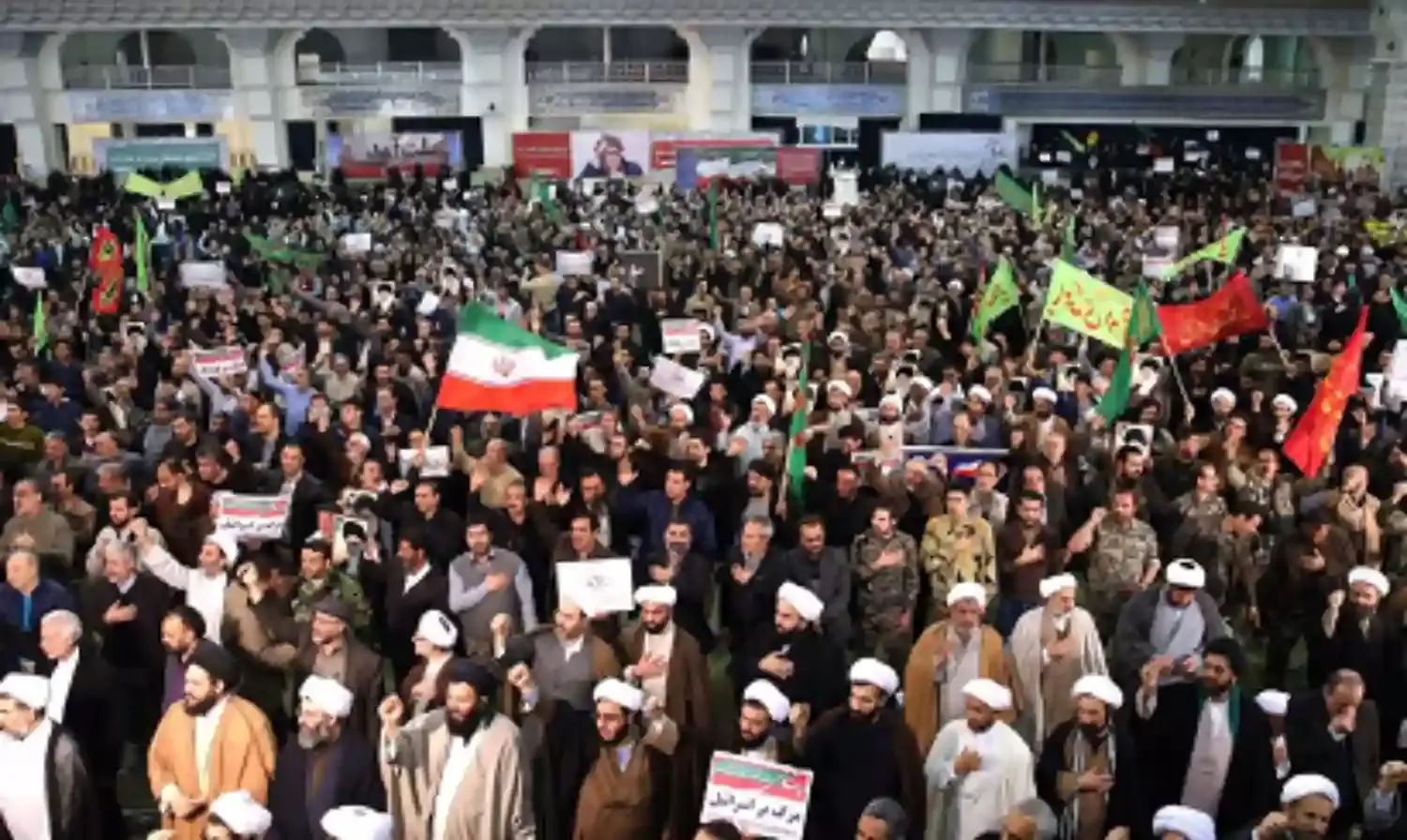What is Happening in Iran?
Protest began initially because of ailing economy but acquired a political tone

The Islamic Republic of Iran is rife with anti-government protests and rallies since Thursday last week. The outrage began initially due to the country's ailing economy and the escalating prices of basic necessities like eggs and poultry, but the anger gradually took political shape with activists openly slamming the clerical-establishment of alleged corruption and calling on Supreme Leader Ayatollah Ali Khamenei to step down.
The protests initiated in the region of Mashhad, the second-largest city of Iran and spread into the capital city of Tehran along with numerous other places like Isfahan and Doroud, where two protesters were killed on Saturday. The authorities said Iranian security forces were not responsible for the deaths and instead blamed Takfiris, Sunni Muslim extremists, and foreign actors.
Over 200 protesters were arrested from Tehran alone, although the number of total arrests remains uncertain. The protests are largest in the country since 2009 when people took to the streets for the removal of Mahmoud Ahmadinejad as President after what they regarded as his fraudulent re-election.
The protests witnessed huge international attention as the activists started sharing photos and videos of demonstration on social media. The angry protesters were seen crying “Death to the dictator!” and “Death to Rouhani.” on the videos which went viral.
The government warned on Sunday that protesters would suffer severe consequences if demonstrations continued.
"Those who damage public property, violate law and order and create unrest are responsible for their actions and should pay the price," Interior Minister Abdolreza Rahmani Fazli told Iranian state media, according to Reuters.
In reaction to the protests that swept the country, on Saturday, Iranian pro-government hard-liners—men and women—rallied to show their support for the country's supreme leader and clerically dominated government. Soon after the rallies, anti-government protests exploded from outer parts and spread into over 20 cities. Police used tear gas and water cannons to disperse crowds as the demonstrations grew more violent with protesters attacking banks and government buildings and burning police motorcycles.
Rouhani said that demonstrators had the right to protest the government, and he also acknowledged that some of the protesters' grievances were legitimate. He added, however, that the demonstrations should not devolve into violence or anti-government chants.
"Counterrevolution groups and foreign media are continuing their organized efforts to misuse the people's economic and livelihood problems and their legitimate demands to provide an opportunity for unlawful gatherings and possibly chaos," state TV said of the protests.
The authorities have blocked access to social media websites like Instagram and Telegram, saying it was done as a safety measure.
On Sunday, Telegram CEO Pavel Durov wrote on Twitter that authorities had cut off access to the app.
"Iranian authorities are blocking access to Telegram for the majority of Iranians after our public refusal to shut down ... peacefully protesting channels," he wrote.
Protesters were using Telegram and other social media platforms to organize and discuss the protests, and they also used Instagram to share photos and videos of the demonstrations.
Soon after the protests gained international attention, US President Donald Trump tweeted, “Big protests in Iran. The people are finally getting wise as to how their money and wealth is being stolen and squandered on terrorism. Looks like they will not take it any longer. The USA is watching very closely for human rights violations!”
Nikki Haley, the US ambassador to the United Nations, wrote, "The Iranian government is being tested by its own citizens. We pray that freedom and human rights will carry the day."
President Rouhani pushed back on Trump's remarks, saying that he had no right to sympathize with protesters as he "called the Iranian nation terrorists a few months ago."
According to the BBC’s Kasra Naji, a common element of all protests has been a call for the end of clerical rule in Iran, which has maintained power since the country's Islamic Revolution of 1979. But others like analyst Esfandyar Batmanghelidj believe that “What brings Iranians out on the streets most consistently are normal economic problems—frustration with the lack of jobs, uncertainty about their children’s future.”
The economic sanctions on Iran were lifted in 2016 but economic benefits of sanctions relief have not yet materialized for average Iranians. Unemployment in the spring of 2017 was 12.6 percent, up slightly from late 2016, according to the World Bank.



